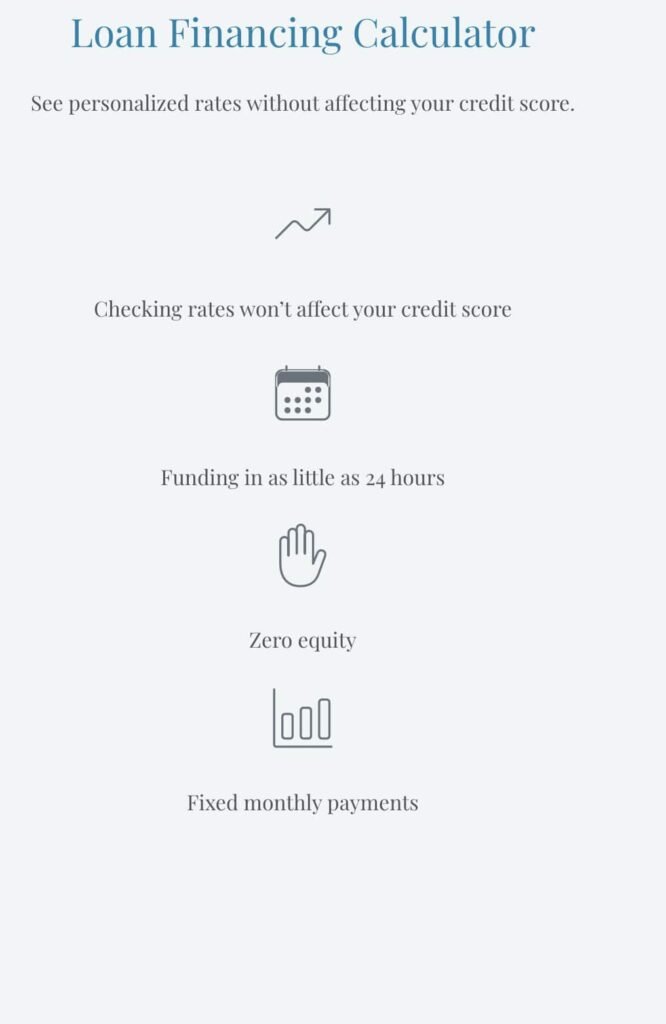
Remodeling a home is a big project that requires plenty of planning. You want to make sure that you’re doing everything right, from hiring the right contractor to setting aside money for unexpected expenses. While most homeowners know this, it’s still common for people to make mistakes. Here are some of the most common home remodel mistakes homeowners make
Lack of clear communication with contractor
When you’re in the process of hiring a contractor, it’s important to make sure that you’re communicating clearly with them. This means listening to what your contractor says and asking questions if something doesn’t make sense. If there’s anything about their quote or proposal that isn’t clear, ask them to explain it again until it makes sense–and don’t be afraid to ask for clarification! Your contractor is there to support you as their client; don’t be afraid to take advantage of this support system by asking questions when needed!
Sometimes homeowners think they know exactly what they want but then find out later on that they made mistakes along the way because of poor communication between themselves and their contractors (or lack thereof).
A great example would be choosing materials based solely on cost rather than considering other factors like durability or aesthetic appeal–it may seem like saving money would always be preferable over spending more upfront; however, sometimes quality trumps quantity when trying new things such as home remodeling projects like replacing flooring throughout an entire house instead just doing one room at a time because those types tend not only save time but also money down line since there won’t need constant replacements due wear & tear caused by daily usage over time.”
Bad planning
Planning is the most important part of any home remodeling project. It’s also one of the most overlooked aspects, but it shouldn’t be. The more time you spend planning your remodel, the less likely you are to run into problems later on. Here are some tips for avoiding bad planning:
- Have an idea of what you want before hiring a contractor or designer. This will give them direction and help them come up with better solutions than if they had no clue what their client wanted in their space.
- Make sure everyone involved has input during the planning process–even if those people aren’t paying for anything yet! For example, if someone is moving into your house while renovations take place (like in-laws), make sure they have some say over which rooms get updated so that everyone feels like their needs were met during this time period when everyone was living together under one roof!
Plan for material shortage
You should always have a backup plan in case your materials don’t arrive on time. If you’re planning to install new flooring, for example, it’s best to buy extra tiles and plan on waiting a few days while they get delivered. You can also try ordering from multiple stores or even online if necessary–just make sure that there are no extra fees involved before doing so!
Hiring the wrong contractor
The first step in choosing a contractor is to make sure they have the right qualifications. Check their references and ask for proof of insurance. You should also ask for references from previous clients, as well as a written contract before starting work on your home.
A detailed estimate of costs will help you budget and plan for your remodeling project, but it’s important to remember that these estimates are only estimates–and can change depending on unexpected circumstances during construction (or even because of changes made to plans by homeowners).
Having a clear budget for your renovation.
The first thing you should do when planning a home remodel is to set a budget. This can be difficult, but it’s an important step in the process that will help ensure your project goes smoothly from start to finish.
If your budget is too low and doesn’t accommodate all of your needs, then there’s no point in starting at all–you’ll just end up frustrated and disappointed with the results of your project.
On the other hand, if it’s too high (and most people tend to underestimate how much money they’ll need) then you may find yourself needing additional funds later on down the road when unexpected costs arise during construction or repair processes.
The best way around this issue is by having contingency funds built into each stage of remodeling:
- If something goes wrong during demolition work (such as structural damage), then these funds will cover repairs until insurance kicks in;
- If materials cost more than expected due to inflationary pressures or supply shortages after Hurricane Sandy hit New York City last year (which caused some vendors’ prices increase 20%), then these extra funds could help offset any losses incurred from increased expenditures;
There are many common mistakes homeowners make when planning and starting a home remodel, but the most important thing is planning properly.
The most important part of any home remodel is planning. You have to make sure you know what you’re getting into before you get started, which can be difficult for many people. It’s easy to feel overwhelmed by all of the decisions that need to be made and feel like there isn’t enough time in the world for them all!
But don’t worry–we’ll walk through everything step by step so that your next home remodel goes smoothly from start to finish.
If you’re planning a home remodel, don’t let these common mistakes discourage you. Instead, use them as a guide to make sure that your next project is as successful as possible.
Follow us on Facebook!


